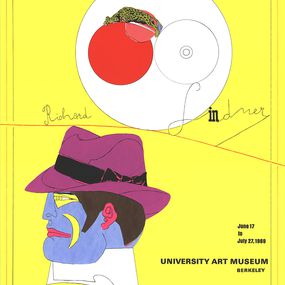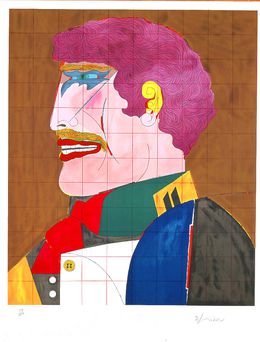
Presentation
The painter Richard Lindner was born in Hamburg in 1901. He spent his childhood in Nuremberg and studied at the Academy of Fine Arts in Munich and then at that of Nuremberg. He fled Germany when Hitler rose to power in 1941 to join France then left Europe for the United States. First illustrator and caricaturist for movie posters and newspapers, he decided to devote himself to painting only in 1950. Influenced by German expressionism, his art questions sexuality and the relationship depends on man towards wife. Inspired by the corsets and patterns he observed in his mother's store as a youngster, he represents the woman in a provocative and sexual way through burlesque outfits. His ubiquitous characters sometimes articulate like robots or machines, they exude a certain dreamlike nature. Richard Lindner does not claim any movement but he is close to Pop Art in the choice of his colors. His past as a caricaturist and illustrator marks his technique: the shapes are simple, the lines exaggerated, the outlines hard, the bright colors laid flat. It was in the 60s that he exploited the large format and that he worked on the saturation of the colors and the transparency of this one with watercolor. He died in 1978 but his work will be exhibited at the Museum of Modern Art and at the Maeght Foundation as part of a retrospective.


New York City Fun: Allan Ginsberg
Richard Lindner
Print - 66 x 55 x 1 cm Print - 26 x 21.7 x 0.4 inch
$1,328
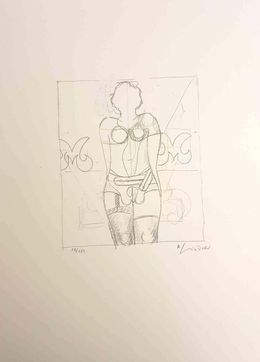





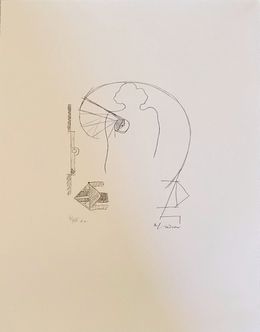
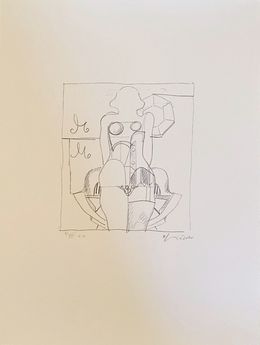
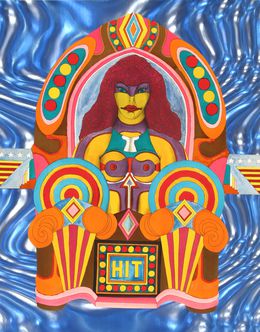
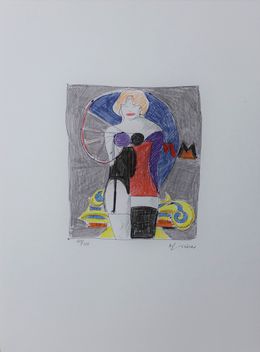

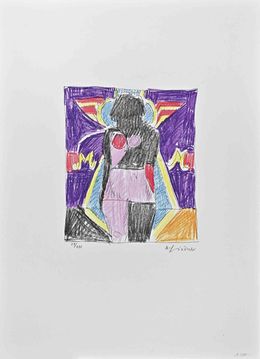
Mechanical body in colors
Richard Lindner
Print - 42 x 30.5 x 0.1 cm Print - 16.5 x 12 x 0 inch
$332






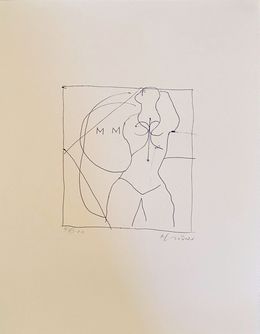
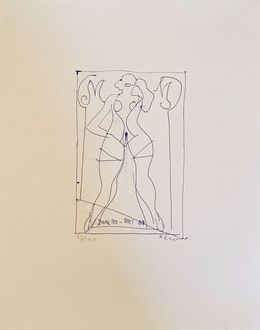

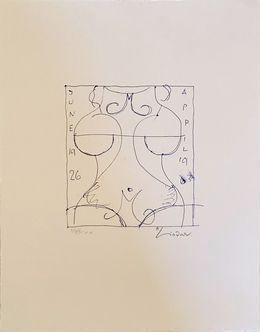

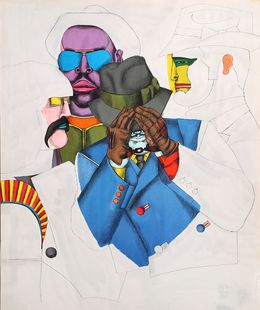
Discover our selections of works by artists
What are their 3 main works?
What is Richard Lindner’s artistic movement?
When was Richard Lindner born?
